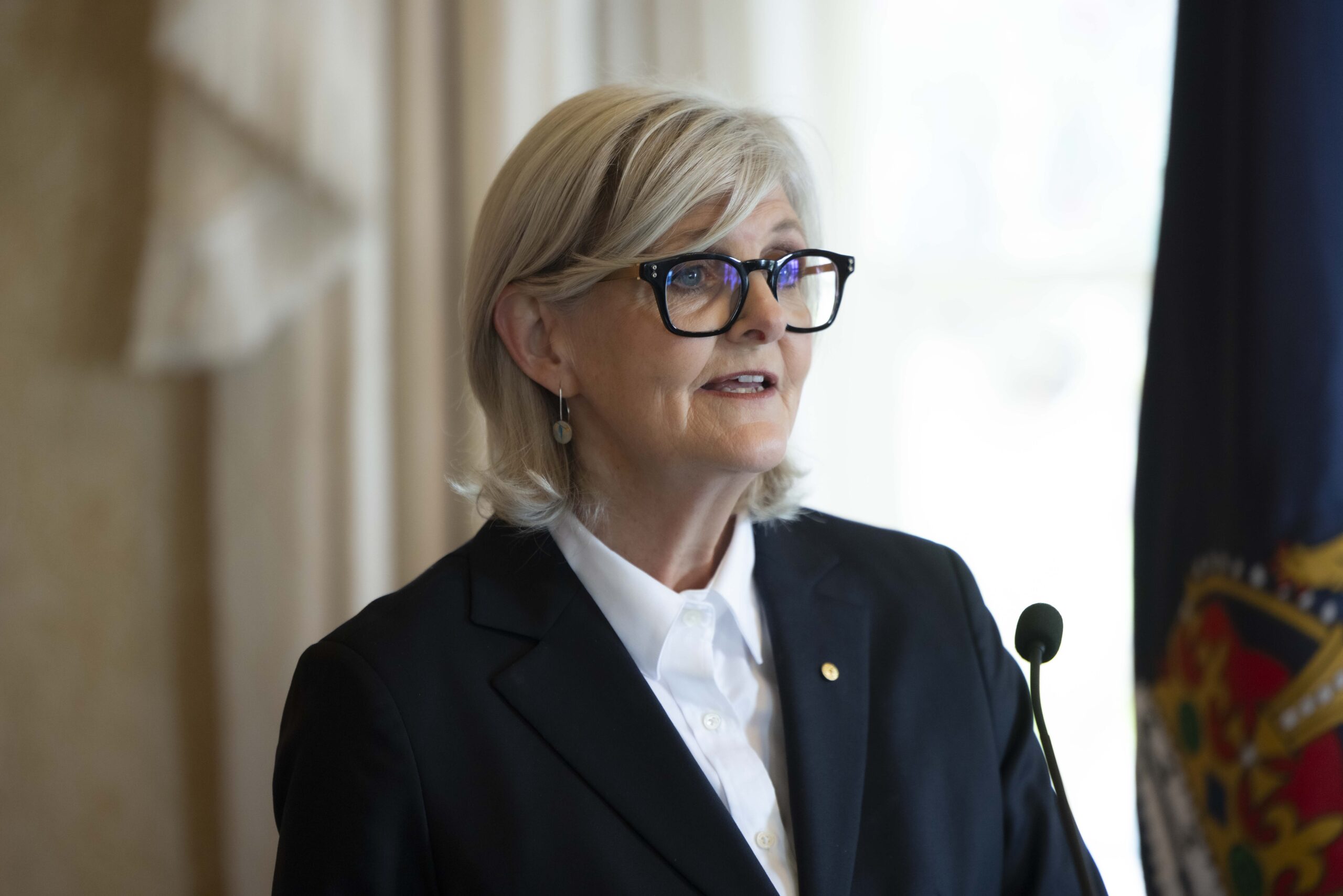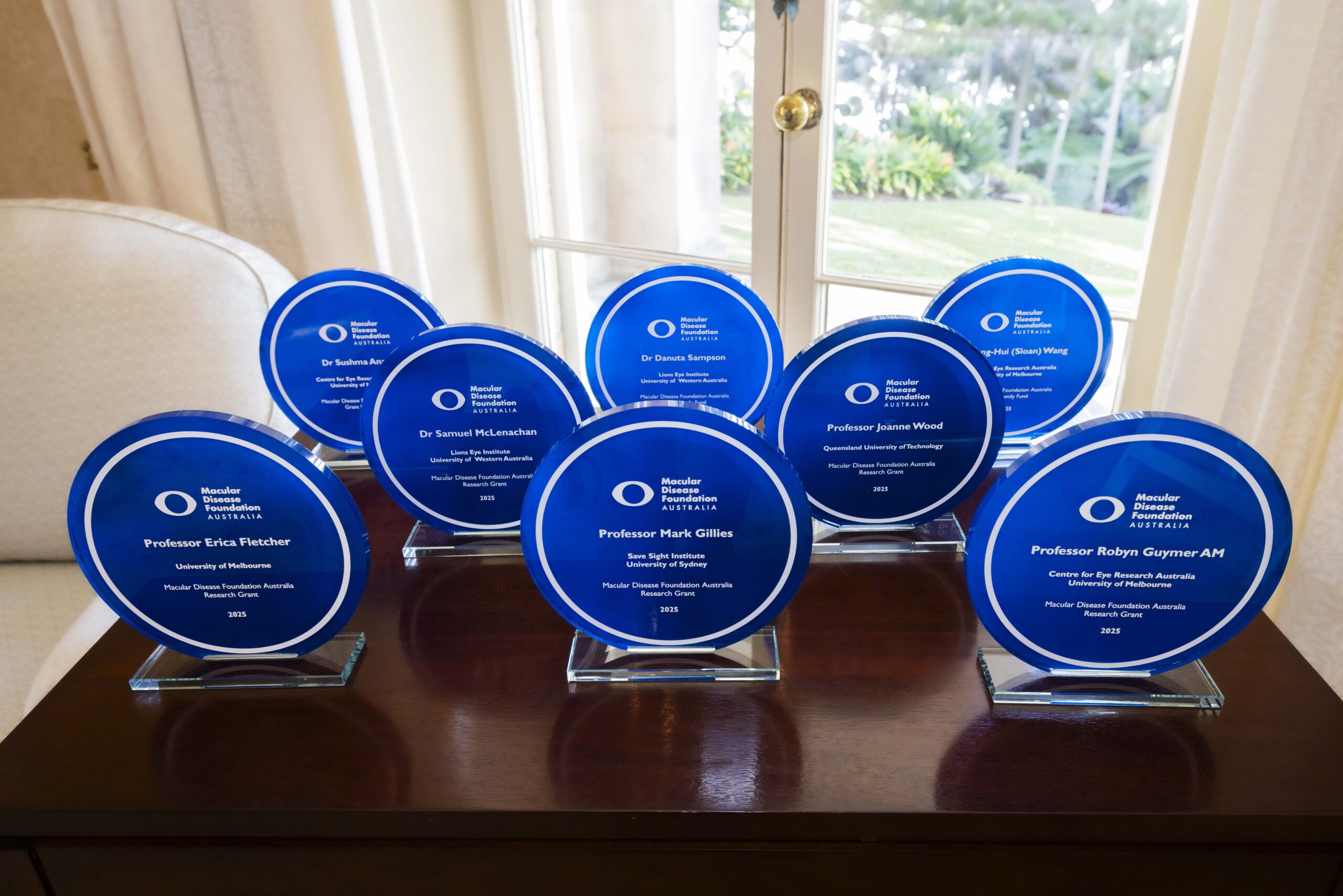Support for switching
Early in August, the Foundation wrote to a large number of clients asking for support in relation to the switching of anti-VEGF drugs for wet Age-related Macular Degeneration (AMD).
Clients were asked to sign a pro forma letter to demonstrate to the relevant authorities the strong community support the MD Foundation has in relation to this issue. The timeline was short but our clients were magnificent in their response with over 6,000 signed pro forma letters returned to the Macular Degeneration Foundation and 200 special letters of support.
The Foundation’s Chief Executive Officer Julie Heraghty met with Dr Suzanne Hill, Chair of the Pharmaceutical Benefits Advisory Committee (PBAC) in Canberra on August 27.
Armed with the letters of support and the Foundation’s strong arguments, a very solid case was put to Dr Hill. The enormity of the MD community’s 6,000 letter response to our campaign, and the impact of the 200 personal stories, has enabled the strongest of representations.
Dr Hill understood our case and the Foundation now awaits the formal outcome of our representations.
In the 200 individual circumstance letters, many people expressed thanks for treatment for wet AMD, which five years ago was not available and how this has now meant saving sight for so many.
The challenge however, so eloquently expressed in these letters, is the burden of treatment. This burden was repeatedly highlighted and covered such issues as age, treatment costs, coping with other diseases, travelling times in regional areas and associated costs such as petrol, accommodation and days off work for family.
It was clear from the letters that husbands, wives, carers and relatives sacrifice so much to make sure their loved ones attend treatment to save sight. What is also evident is the enormous impact of the burden of treatment on the patient, their carers and family.
The Foundation will update the community once any communication has been received on the issue of switching.
The Foundation’s position
The Foundation’s position is that “switching” should be allowed between anti-VEGF drugs Lucentis and Eylea (once available) and that ultimately, the decision about which drug is most appropriate and potentially beneficial to the patient should be made on the recommendation of the eye specialist in consultation with the patient.
Posted: 15 October 2012
















